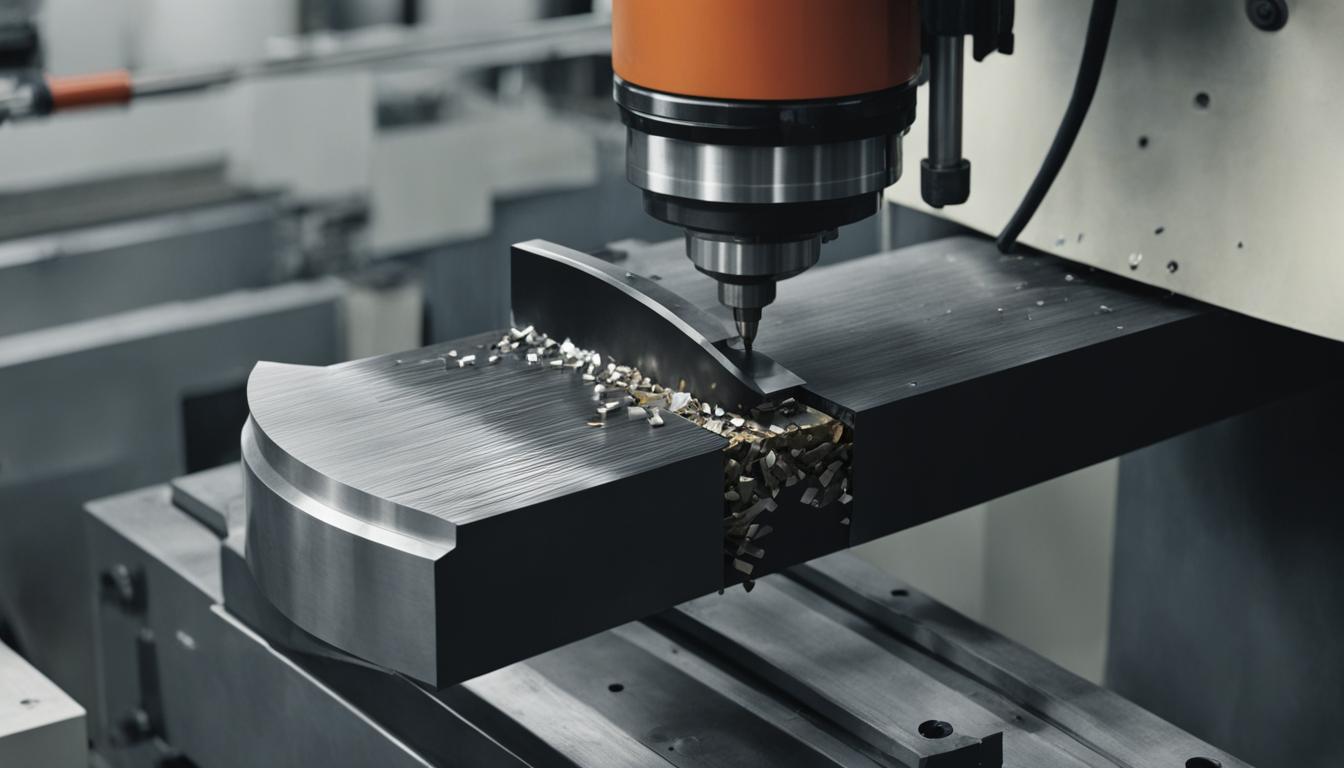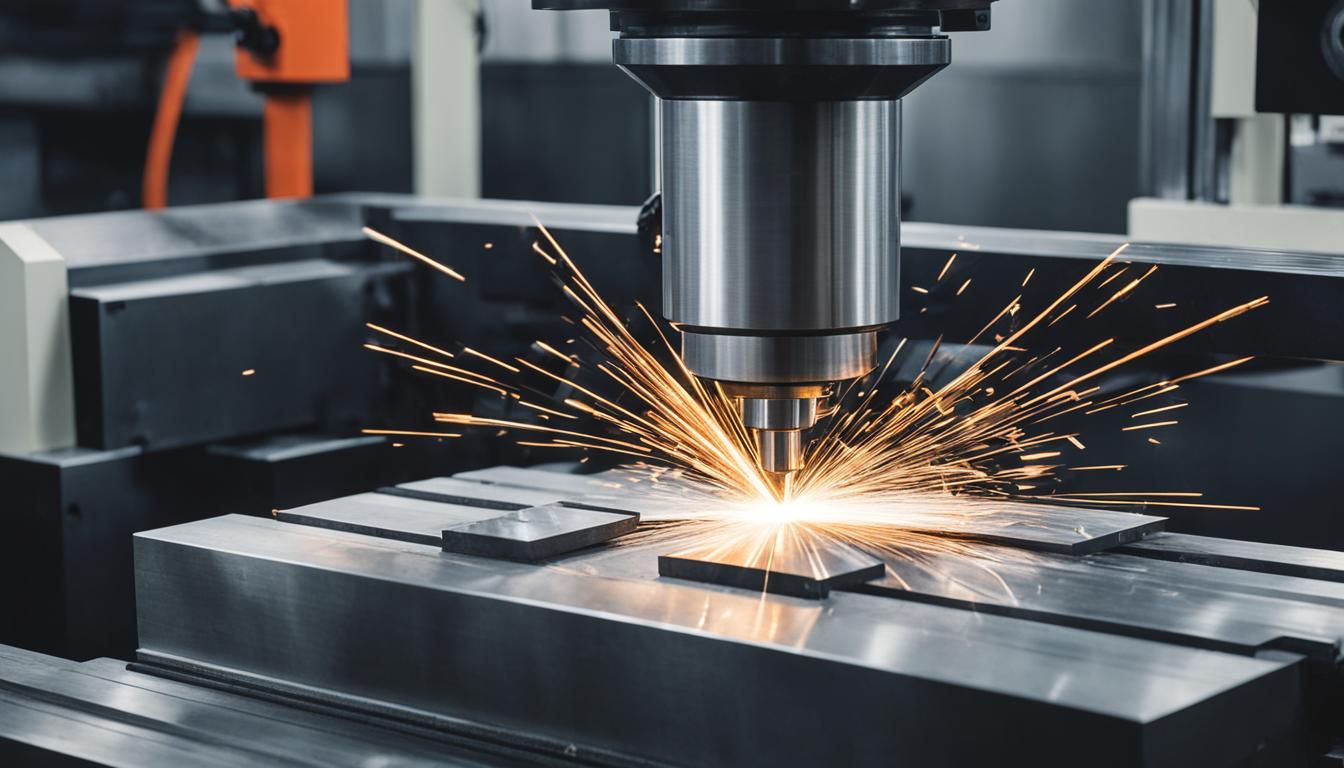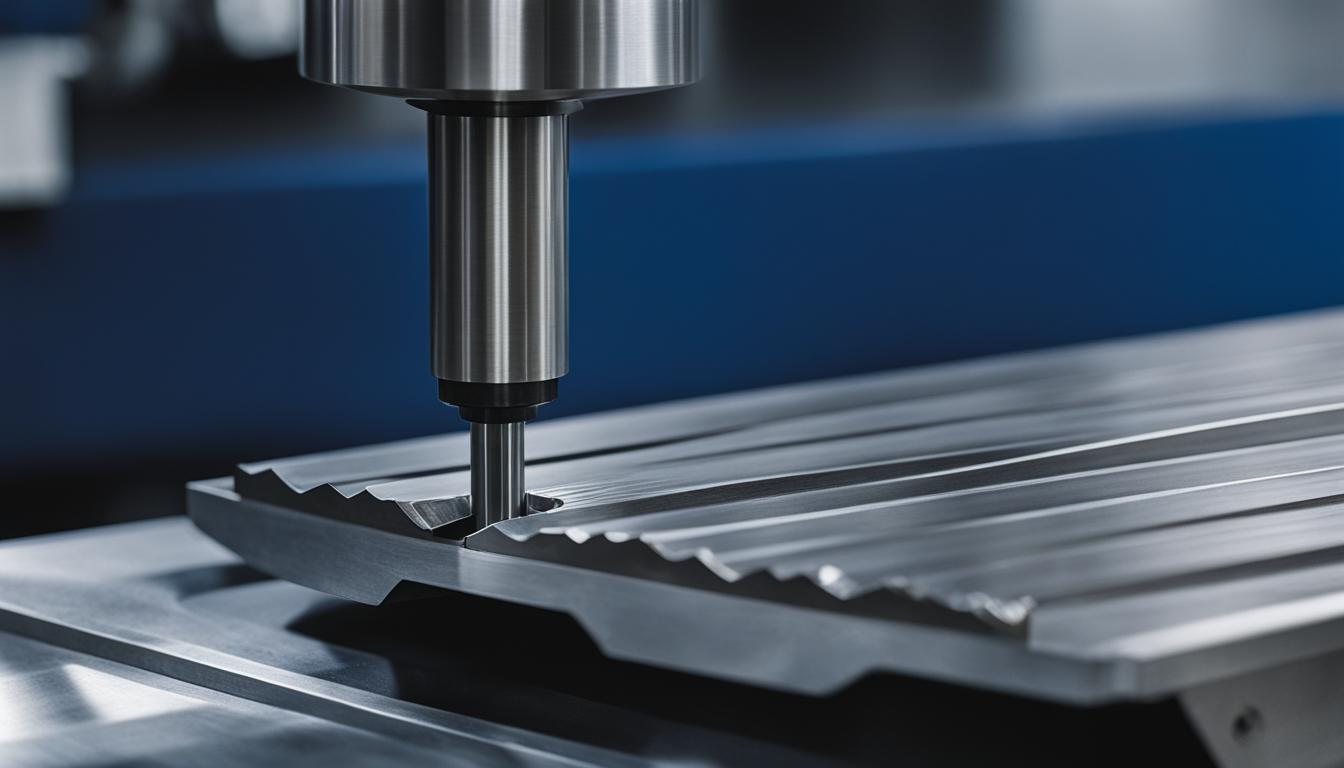The milling machine saddle is a crucial component that enables precise movement and positioning in milling operations. It serves as an intermediate element between the table and the knee, facilitating motion along two axes: side-to-side (X-axis) and in-and-out (Y-axis). This dual-axis movement capability allows for accurate positioning of the workpiece relative to the cutting tool. The saddle typically includes traverse locks for both the saddle itself and the table, which can be engaged to secure the position and prevent unwanted movement during machining.
Some saddles are equipped with oilers to ensure smooth operation and reduce wear. The saddle’s design and construction are critical for maintaining precision and stability during milling processes, as it must support the weight of the table and workpiece while allowing for smooth, controlled motion. Proper maintenance of the saddle, including regular lubrication and cleaning, is essential for ensuring the longevity and accuracy of the milling machine. When troubleshooting issues with saddle movement, it’s important to check for obstructions, worn components, or improperly engaged locks that might impede its function.
- The milling machine saddle is responsible for providing support and stability to the workpiece during machining operations.
- It allows for precise movement and positioning, contributing to the overall accuracy of the milling process.
- The saddle is mounted on the knee and can move along the knee’s ways, enabling longitudinal movement.
- Its design and movement capabilities directly impact the overall efficiency and quality of the machined components.
- Without a well-functioning saddle, achieving precision and productivity in milling operations would be challenging.
The Functions of the Saddle in Milling
The saddle in milling machines serves several important functions. Firstly, it provides support to the table, which holds the workpiece. The saddle allows for longitudinal movement, enabling operators to position the workpiece accurately. It also plays a role in maintaining the stability and rigidity of the overall machine structure, ensuring precise and smooth machining operations. Additionally, the saddle contributes to the overall versatility of the milling machine, allowing for a wide range of machining applications.
One of the primary functions of the saddle is to provide support to the table. The table is where the workpiece is secured during the milling process. The saddle ensures that the table remains stable and properly aligned, preventing any unwanted movement or vibrations that could affect the accuracy of the machining operations.
The saddle’s ability to allow for longitudinal movement is crucial in the milling process. This movement enables operators to position the workpiece precisely according to the desired dimensions and specifications. Whether it’s aligning the workpiece for cutting, drilling, or shaping, the saddle’s longitudinal movement offers the flexibility needed to achieve accurate results.
In addition to providing support and facilitating movement, the saddle contributes to the stability and rigidity of the milling machine. It helps distribute the load evenly across the machine structure, minimizing any deflection or distortion that could affect the machining accuracy. The saddle’s role in maintaining stability is particularly important when dealing with heavy workpieces or executing intricate milling operations.
The saddle’s versatility is a significant advantage in milling machines. Its design allows for a wide range of machining applications, from simple cutting tasks to complex profiling and contouring operations. Operators can adjust the saddle’s position and orientation, making it possible to achieve the desired shapes, angles, and dimensions of the machined components.
Overall, the saddle in milling machines plays a crucial role in ensuring the success and efficiency of the milling process. Its functions include providing support to the table, allowing for longitudinal movement, maintaining stability and rigidity, and contributing to the overall versatility of the machine. The saddle’s importance cannot be overstated, as it directly impacts the accuracy, precision, and quality of the final machined components.
Saddle Design in Milling Machines
The design of the saddle in milling machines is a critical element that influences the overall performance and durability of the machine. While there may be variations in design among different machine models and manufacturers, certain fundamental principles remain constant.
The saddle is typically constructed using high-quality materials such as cast iron, which ensures strength and stability. This robust construction allows the saddle to withstand the demands of milling operations and provides a solid foundation for precise machining.
The primary function of the saddle design is to facilitate smooth and accurate movement along the knee’s ways. The saddle is mounted on the knee and can move longitudinally, enabling precise positioning of the workpiece. This movement is crucial in achieving the desired accuracy and quality of the machined components.
The saddle design incorporates features that contribute to the machine’s performance. These features include guiding mechanisms that ensure smooth movement, a locking mechanism to hold the saddle securely in place during machining operations, and adjustment mechanisms for fine-tuning the saddle’s positioning.
Saddle Design Components
The design of the saddle in milling machines consists of several components that work together to provide stability and precision. These components include:
- Guideways: The saddle moves along the knee’s ways, which are precision-engineered surfaces that guide the saddle’s movement. The guideways are designed to minimize friction and ensure smooth and accurate motion. They are often equipped with anti-friction materials or precision bearings to reduce wear and improve performance.
- Feed Screws: Feed screws are used to control the movement of the saddle along the knee’s ways. They are connected to a handwheel or power feed mechanism, allowing operators to adjust the saddle’s position with precision.
- Locking Mechanism: To ensure stability during machining operations, the saddle design incorporates a locking mechanism. This mechanism prevents unintended movement of the saddle while the milling process is underway, minimizing the risk of errors and ensuring consistent and accurate cuts.
Saddle Design Considerations
When designing the saddle for milling machines, several factors are taken into consideration to optimize its performance:
- Material selection: The choice of materials for the saddle is crucial in ensuring strength, stability, and durability. High-quality materials such as cast iron or steel are commonly used due to their excellent mechanical properties.
- Stiffness and rigidity: The saddle design must provide sufficient stiffness and rigidity to withstand the cutting forces generated during milling operations. This ensures precise and consistent machining results.
- Alignment and precision: The saddle design should allow for easy alignment and adjustment, enabling operators to achieve accurate positioning of the workpiece. Precision in the saddle’s movement is essential in achieving the desired dimensional accuracy of the machined components.
- Ease of maintenance: A well-designed saddle should facilitate easy maintenance and repair. This includes providing accessible lubrication points, clearances for debris removal, and readily available spare parts.
Overall, the saddle design in milling machines plays a critical role in achieving precise and efficient machining operations. By incorporating robust materials, precision-guided movement, and essential features such as locking mechanisms, the design ensures stability, accuracy, and durability.
| Component | Description |
|---|---|
| Guideways | Engineered surfaces that guide the saddle’s movement along the knee’s ways. |
| Feed Screws | Control the movement of the saddle along the knee’s ways, allowing for precise positioning. |
| Locking Mechanism | Prevents unintended movement of the saddle during machining operations, ensuring stability and accuracy. |
Saddle Feed in Milling
In the milling process, saddle feed plays a crucial role in achieving accurate and high-quality results. Saddle feed refers to the precise movement of the saddle along the knee’s ways, allowing for precise control over the positioning of the workpiece. By adjusting the saddle feed, operators can achieve the desired depth of cuts and surface finishes, tailoring the milling process to meet specific machining requirements.
The saddle feed is an essential aspect of milling operations, contributing to the overall efficiency and quality of the final product. It enables operators to achieve consistent cuts, ensuring uniformity and precision throughout the machining process. By fine-tuning the saddle feed, operators can optimize the milling operation, resulting in enhanced productivity and cost-effectiveness.
Moreover, the saddle feed enables operators to work with different materials and profiles, expanding the versatility of the milling machine. Whether it’s roughing, finishing, or profiling, the saddle feed provides the flexibility needed to meet diverse milling requirements. With precise control over the saddle feed, operators can tackle complex milling tasks with ease, producing components with tight tolerances and smooth surface finishes.
Overall, the saddle feed in milling is a vital parameter that influences the performance and outcome of the milling process. By understanding and utilizing the saddle feed effectively, operators can maximize the potential of their milling machines, achieving superior machining results and meeting the demands of their customers.

Benefits of Saddle Feed in Milling:
- Accurate positioning of the workpiece
- Consistent and uniform cuts
- Control over depth of cuts and surface finishes
- Enhanced productivity and cost-effectiveness
- Versatility in working with different materials and profiles
Importance of the Saddle in Milling
The saddle in milling machines plays a crucial role in ensuring precise machining operations by providing essential support and stability. Its significance extends beyond mere structural integrity, as it enables longitudinal movement, facilitating accurate positioning of both the workpiece and the milling cutter. The design and movement capabilities of the saddle directly influence the overall accuracy and quality of the machined components, making it a vital component in achieving desired precision and productivity in milling operations.
The saddle’s ability to allow longitudinal movement is particularly important in milling processes. It enables operators to position the workpiece and the milling cutter with precision, ensuring optimal cutting depths and surface finishes. Without a well-functioning saddle, achieving the required precision and quality in milling operations would be challenging and could lead to subpar results.
Furthermore, the saddle’s design and movement capabilities contribute to the overall versatility of milling machines. By providing stability and support, it allows for a wide range of machining applications, from simple facing and slotting to more complex profiling operations.
Benefits of a Well-Designed Saddle
- Ensures precise positioning of the workpiece and milling cutter
- Contributes to accurate and consistent cuts
- Enhances overall stability and rigidity of the milling machine
- Supports a wide range of machining applications
- Improves the efficiency and productivity of milling operations

Saddle in Milling Machine Processes
The saddle in milling machines plays a significant role in various milling machine processes. It offers essential functions that contribute to the overall efficiency and accuracy of the milling process. Let’s take a closer look at the key roles and uses of the saddle in milling machines.
Precise Positioning and Feeding of the Workpiece
One of the primary functions of the saddle is enabling longitudinal movement, which allows for the precise positioning and feeding of the workpiece. By moving the saddle along the knee’s ways, operators can achieve accurate alignment of the workpiece with the milling cutter. This precise positioning ensures that the milling operations are performed with the desired accuracy and consistency.
Support and Stability for the Workpiece
In addition to enabling movement and positioning, the saddle also provides support and stability for the workpiece during machining. It supports the table on which the workpiece is secured, ensuring that the workpiece remains stable and rigid throughout the milling process. This stability is crucial for achieving accurate and consistent cuts. Without proper support, the workpiece may vibrate or move, leading to imprecise machining and compromised final product quality.
Contribution to Versatility
The saddle’s design and movement capabilities contribute to the overall versatility of milling machines. It allows operators to perform a wide range of machining operations with ease. Whether it’s facing, slotting, profiling, or other milling processes, the saddle enables the necessary movement and positioning of the workpiece, making it a versatile component in achieving different milling results.
Overall, the saddle in milling machines is a crucial component that enables precise positioning, supports the workpiece, and enhances the overall versatility of the milling process. Its functionalities contribute to the accuracy, stability, and efficiency of milling operations, ensuring high-quality machined components.
Milling Saddle Uses
The saddle in milling machines has a wide range of applications in various industries. Its versatility and dynamic movement capabilities make it an essential component for achieving efficient and precise milling results.
One of the primary uses of the milling saddle is in the production of complex and precise components. Industries such as automotive, aerospace, and manufacturing heavily rely on milling machines with saddles to manufacture gears, molds, and various machine parts with exceptional accuracy and quality.
The saddle enables operators to perform a variety of machining operations with high accuracy. Operations like facing, slotting, and profiling require precise positioning and controlled movement, which the saddle provides. With the saddle, operators can achieve consistent and uniform cuts, resulting in perfectly machined components.
Here are some key uses of the milling saddle:
- Producing complex and precise components
- Manufacturing gears, molds, and machine parts
- Performing facing, slotting, and profiling operations
The milling saddle’s ability to support accurate and controlled movements is crucial for achieving optimal milling results. Its role in the milling process cannot be overstated as it contributes to the overall efficiency, precision, and quality of the final product.
| Industry | Application |
|---|---|
| Automotive | Manufacturing gears and transmission components |
| Aerospace | Producing precise parts for aircraft engines and structures |
| Manufacturing | Machining molds and machine components with high accuracy |
Saddle Movement in Milling
The movement of the saddle in milling machines is crucial for achieving precise machining operations. By allowing longitudinal movement along the knee’s ways, the saddle provides operators with the ability to position the workpiece accurately. This movement is essential for controlling the depth of cuts and ensuring the desired machining results.
During the milling process, the smooth and controlled movement of the saddle plays a significant role in maintaining consistent and accurate results. As operators rely on the saddle’s movement capabilities, they can achieve the required level of precision and high-quality machined components.
Operators utilize the saddle’s movement in various milling tasks, such as facing, slotting, and profiling. Whether it’s manufacturing gears, molds, or machine parts, the saddle’s dynamic movement allows for efficient and precise milling operations. Its versatility contributes to the overall productivity and success of milling processes in different industries.
